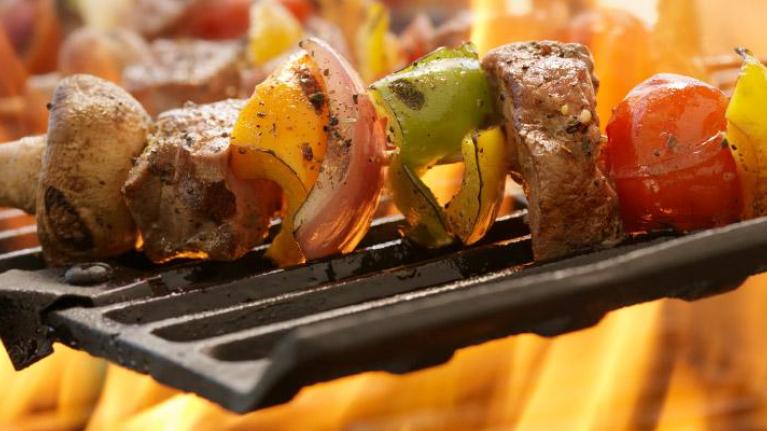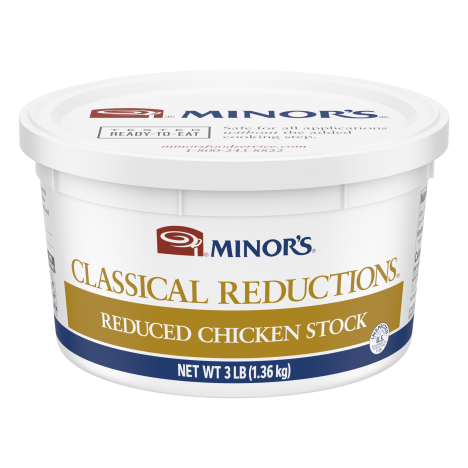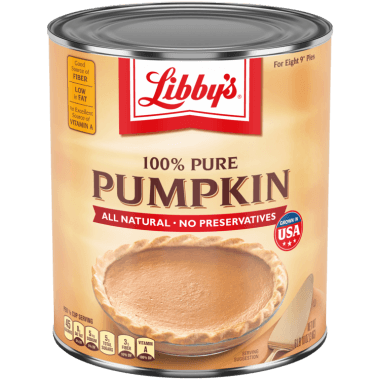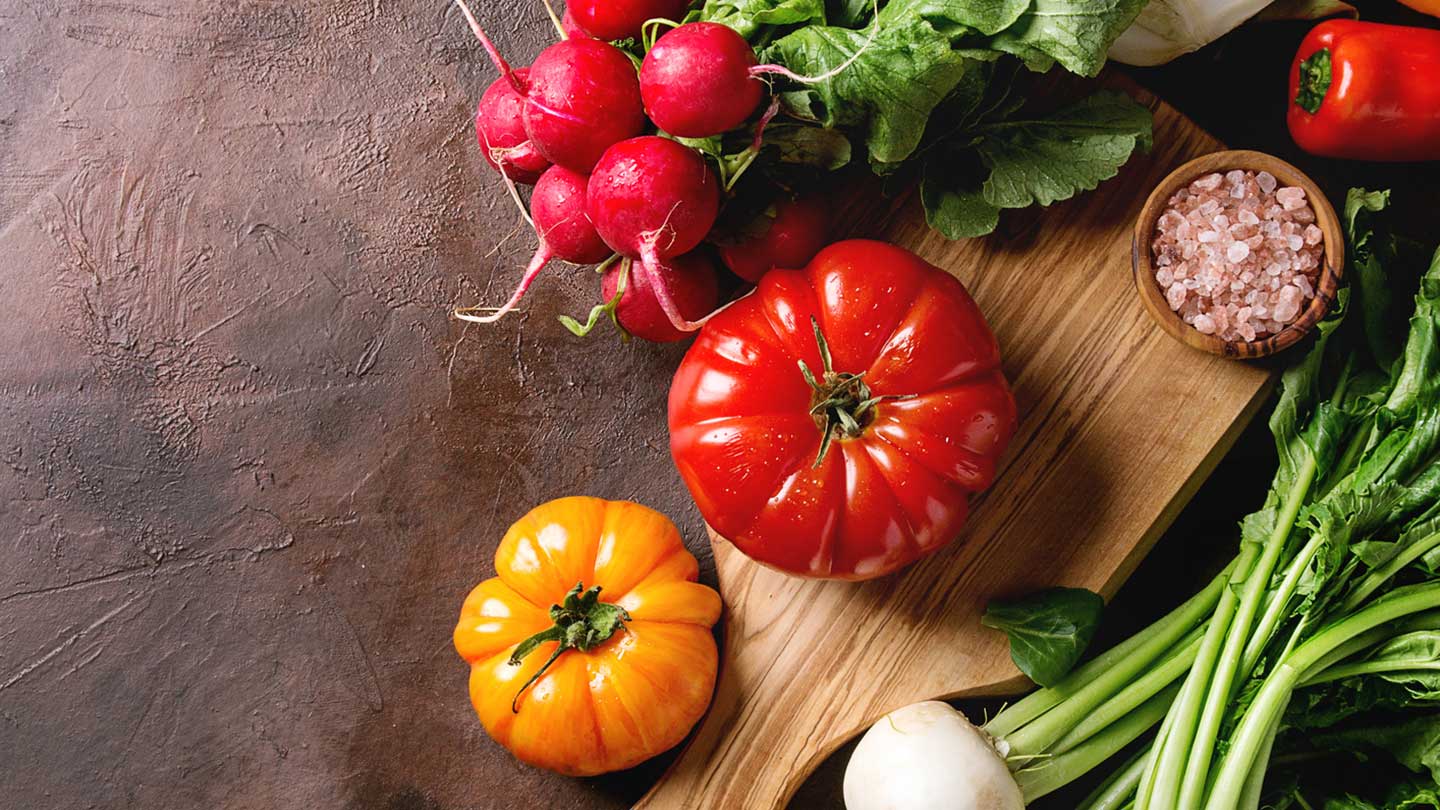
- Trends & Insights
- Plant Based
Add Craveability to Plant-Based Cooking
Produce-based cooking is fast gaining popularity. Get in on the trend, and find new ways to deliver extra flavor and craveability from plant-based recipes.
The trend today is more plant-based items on menus, for a variety of reasons. But just as there’s a challenge with creating vegetarian and vegan recipes that attract a wider omnivore audience, plant-centric specialties also must enjoy mainstream appeal in order to be profitable.
Good to know, then, that plant-forward dishes can be just as delicious and just as satisfying as traditional meat-based offerings. Sophisticated cooking methods, creative prep and flavor development, and more appealing menu descriptions are the answer. These strategies create craveability.
“Craveability is a word we’re hearing a lot of these days, especially as national and regional chains work to create craveable signature items that can set them apart from the competition,” says Nestlé Professional corporate executive chef Brian Dragos. “This is especially important with Millennial diners, who aren’t satisfied with the same old anything, and crave dining experiences that are authentic and flavorful and new.”
For more on craveable plant foods, see below.
“There’s another word to keep in mind,” adds Dragos, “and that’s umami, that all-important yum factor that’s the essence of craveability.”
Physiologically speaking, umami is the fifth flavor, which along with sweet, salty, sour, and bitter helps to provide balanced, satisfying flavor. Just as sugar provides sweetness and lemon lends a touch of acidity to make food taste good, there are ingredients and techniques that create umami, or the savory taste.
How to Treat Your Veggies
Treating vegetables to high-level culinary techniques, like flavor layering, charring, and grilling; replacing traditional proteins with plants in popular items like jackfruit tacos and vegetable sushi; crafting burgers with satisfying grains or legumes…these flavorful preparations, usually reserved for other protein types, can make vegetables more craveable and invite elevated menuing. They may also support premium pricing.
Here are some specific tips for creating craveability with plants:
- Start with the freshest, highest-quality ingredients you can get.
- No discussion of veggie-centric menus would be complete without a nod to how produce fits in with the important seasonal and local sourcing trend—which also addresses many consumer concerns about sustainability
- Seasonal and locally sourced ingredients—particularly fruits and vegetables—serve as cues for freshness and wholesome nutrition among consumers, perceptions that go to the heart of the plant-forward movement
- Use the principles of umami to boost flavor.
- Many plant foods are naturally loaded with glutamate (which is a primary source of umami, including mushrooms, onions and leeks, cabbage, sea vegetables such as kelp, soybeans, potatoes, and tomato products)
- Animal sources of umami can also be used judiciously to pump up the flavor of plant-based recipes, including cheese (especially aged cheese such as Gruyère and Parmesan), anchovies, meat stock, and cured pork
- Know that cooking techniques also build flavor, in part through the production of umami.
- Simply speaking, the longer things are cooked, the more umami (and flavor) is developed. Raw products have the least umami, while moderate-time cooking treatments such as searing and sautéing (which also produce flavorful browning) develop more. Toasting nuts and spices in a sauté pan, for instance, creates more flavor
- Long-time treatments build the most umami, including braising, roasting, and stewing as well as aging, fermenting, and curing (that’s why aged cheeses and meat products, such as ham, are loaded with flavor)
- Bring the powers of menu description to bear in creating appeal.
- Call out local sources of farm-raised fruits and vegetables, or name-check the artisans who created the cheese
- Play up cooking techniques in menu copy so that guests know that these are no mere vegetables you’re serving them; in particular, talk about flavors and cooking methods that are used
- Presentation is also key.
- Using fruits and vegetables like two-tone watermelon radishes, purple chia seeds, black forbidden rice, and multicolor beets goes a long way toward giving plant foods some added wow
- This is especially important in the age of Instagram, when a gorgeous picture can get you a dozen new customers
The information provided is based on a general industry overview, and is not specific to your business operation. Each business is unique and decisions related to your business should be made after consultation with appropriate experts.
According to Technomic, while it’s clear that consumers are increasingly seeking plant protein options because they perceive them to be healthier, there are obstacles. A relatively high percentage of consumers think plant proteins to be less affordable (41%), less tasty (42%), less satisfying (36%), or less filling (26%) compared to animal proteins, and more than half (52%) say they are less craveable.
Source: Technomic Inc. for Nestlé Professional (2018)
Think of Maggi® Seasoning as instant umami, in bottle form. A favorite brand in Asia—where umami is an important concept—Maggi is made from triple-fermented wheat juice, producing glutamate, which creates and enhances savory notes in food, making them more craveable. Because the glutamate in Maggi is vegetarian, it imparts a delicious roasted flavor without adding meat or meat juices. Adding a dash or two of Maggi Seasoning, either original or Spicy, brings a craveable umami spark to all kinds of foods.
GET STARTED
The following flavors are most craveable:
- Savory
- Sweet
- Spicy
- Smoky
- Bold
Source: Technomic Inc. for Nestlé Professional (2018)




